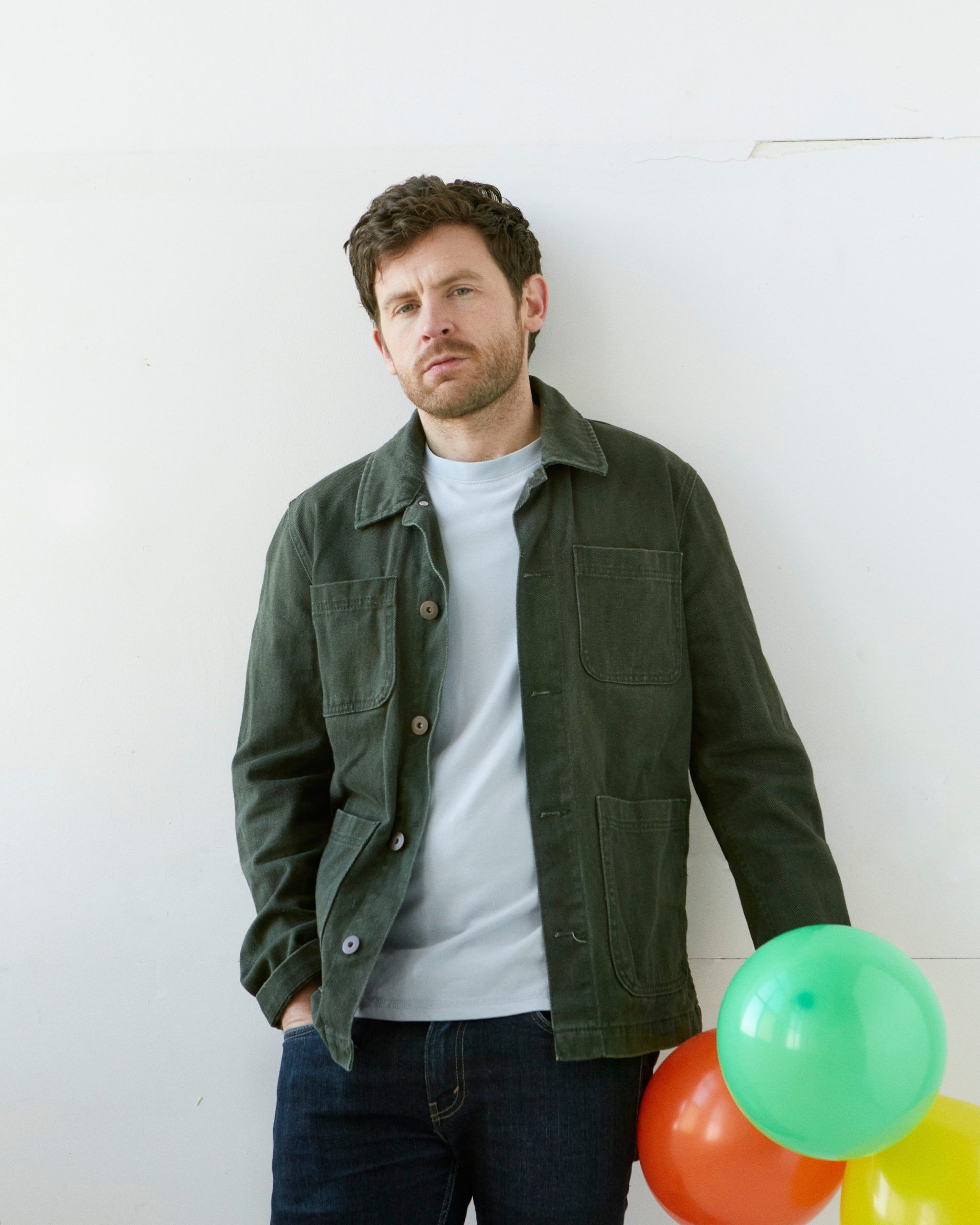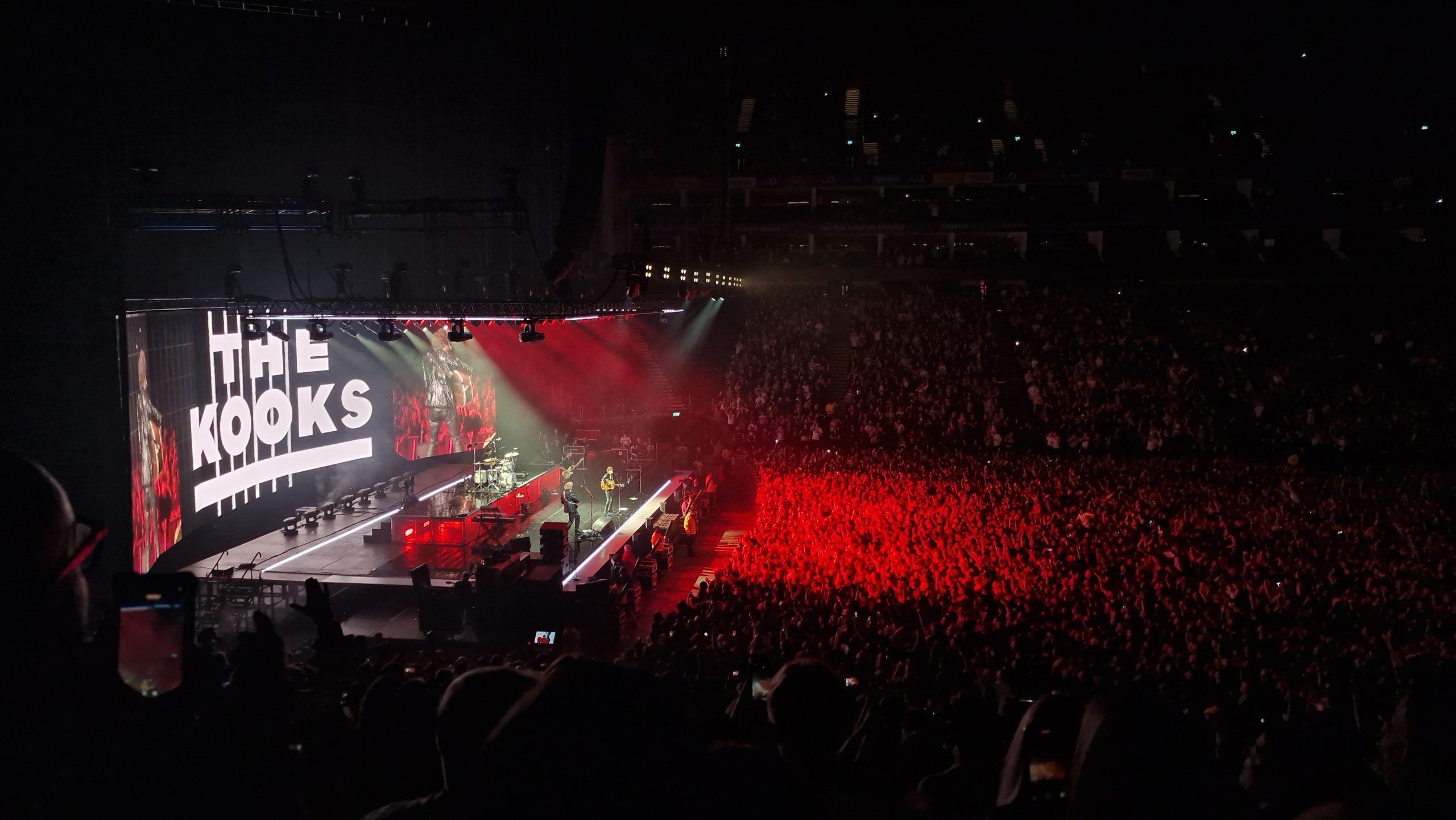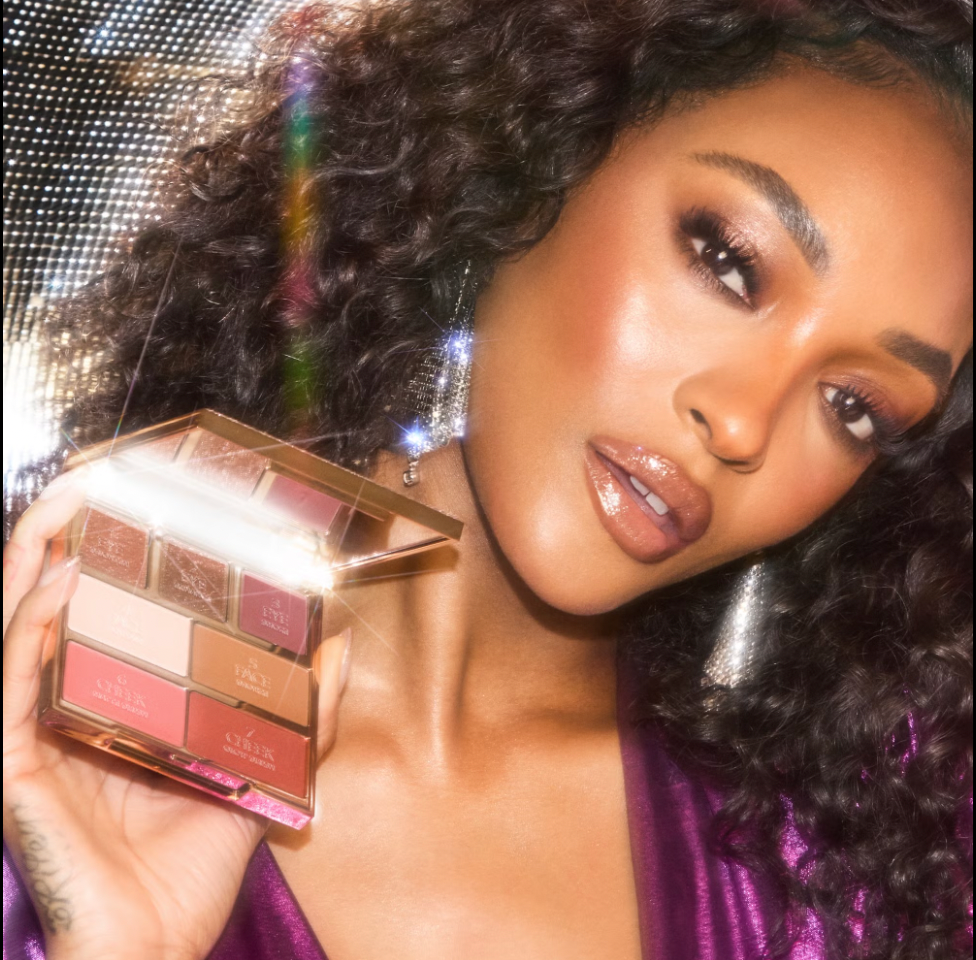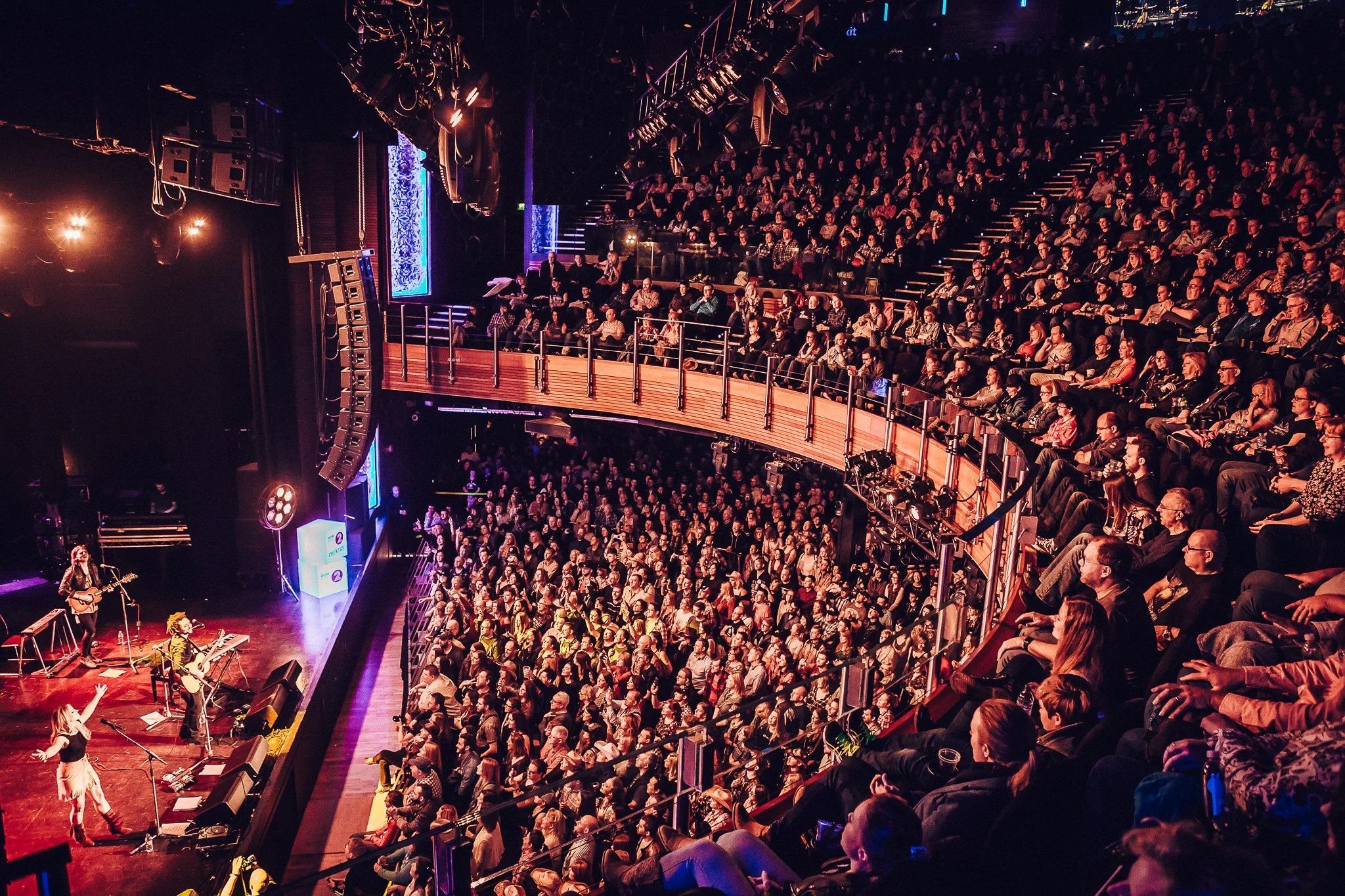
For generations, the pinnacle of personal luxury, the ultimate symbol of commitment, was defined by a single, stark parameter: the absence of color. The classic white diamond, marketed to perfection as the eternal standard, reigned supreme. But the landscape of luxury is shifting under our feet. A quiet rebellion has been brewing, and now it’s erupting in a brilliant spectrum of hues. The era of the colorless monarch is over. We are living in the age of the colored diamond, a movement defined not by antiquated rules of purity, but by the radical, unapologetic power of personal expression.
The Chromatic Shockwave: From Red Carpet Rebels to Your Jewelry Box
Like all true cultural shifts, this one began under the spotlights. The red carpet, that global runway of aspiration, became the first battleground where the new chromatic order was asserted. When Gigi Hadid arrived at the 2024 Met Gala, her Thom Browne gown was exquisitely accented by a Chopard necklace dripping with canary yellow diamond drops, a sun-drenched statement of confidence. It wasn’t an isolated incident. The 1975’s Matty Healy sealed his engagement to Gabbriette Bechtel not with a traditional solitaire, but with a defiant black diamond, a gem that embodies mystery and rebellion.
From Jennifer Lopez’s legendary green and pink diamonds to Carrie Underwood’s vibrant yellow rock, celebrities are increasingly using these gems to broadcast a message that resonates far beyond their fashion choices. They are choosing stones that feel unique, personal, and story-rich. This high-profile validation has sent a shockwave through the culture, giving everyone permission to look beyond the traditional and seek out something that truly reflects them.
A Declaration of Individuality
What we are witnessing is the democratization of rarity. The appeal of the colored diamond lies in its inherent uniqueness; no two are exactly alike. This shift taps directly into a deeper cultural desire for personalization. In a world saturated with mass-produced trends, a piece of jewelry that tells a personal story has become the ultimate luxury. It’s a move away from wearing a symbol of value defined by others to wearing a symbol of your
own values. The modern consumer, particularly the culturally fluent audience that sets trends, is no longer asking, “Is this valuable?” but rather, “Is this me?”. The answer is found in a kaleidoscope of colors, each with its own narrative and emotional weight.
Decoding the New Language of Luxury
Choosing a colored diamond is like choosing a personal flag. Each hue carries a distinct psychological and cultural resonance, a language that allows for nuanced self-expression without saying a word. This isn’t just about aesthetics; it’s about aligning the energy of a gem with your own. Understanding this new vocabulary is key to navigating the modern jewelry landscape.
The New Guard: Why Independent Designers Are the Heart of the Movement
While legacy houses like Graff and Tiffany & Co. are now showcasing spectacular colored stones, the true engine of this revolution is a new generation of designers and jewelers. These creators, often working on a more intimate scale, are agile, experimental, and deeply connected to the narrative power of jewelry. They are the ones pushing the boundaries with avant-garde designs and offering the deep customization that today’s consumer craves. This seismic shift has empowered a new wave of
independent jewelers like Jayzoff, who are crafting the future of fine jewelry by focusing on bespoke creations and unique narratives that resonate with a generation tired of the one-size-fits-all approach. They understand that a jewel is not just an accessory but an extension of aidentity.
An Insider’s Guide to Going Golden
Among the spectrum of colors, yellow diamonds, often called “canary” diamonds, have emerged as a particularly radiant entry point into this world. Their sunny disposition symbolizes joy and optimism, making them a powerful and popular choice. But choosing a yellow diamond is an art. The subtle interplay of cut and color intensity—the difference between a ‘Fancy Light’ and a ‘Fancy Vivid’—can transform the stone’s character. A radiant or cushion cut is often preferred over a classic round brilliant, as these shapes are masterfully faceted to intensify the color rather than dilute it. Even the metal of the setting can be used to either contrast or deepen the hue; a yellow gold setting can make a stone appear more saturated, while platinum creates a stark, modern pop. For those ready to explore this radiant world, this comprehensive yellow diamond guide offers an expert deep-dive into its secrets.
The Future is Colorful: A New Definition of Precious
The rise of colored diamonds is more than a fleeting trend; it’s a paradigm shift. It signifies a new value system in luxury, one that champions individuality, story, and authenticity over outdated conventions. The ultimate proof of this revolution’s power comes from the old guard itself. De Beers, the very corporation that spent a century building the myth of the flawless white diamond, recently announced a new industry-wide campaign centered on warm-toned “Desert Diamonds”. Their stated goal is to create new desire by emphasizing the unique, natural origins of stones that cannot be easily replicated in a lab.
When the architects of the old rules are forced to play by the new ones, you know the game has changed forever. The future of precious is not colorless; it is vibrant, personal, and diverse. It’s a future where the most valuable gem you can own is the one that tells your story in living color.




